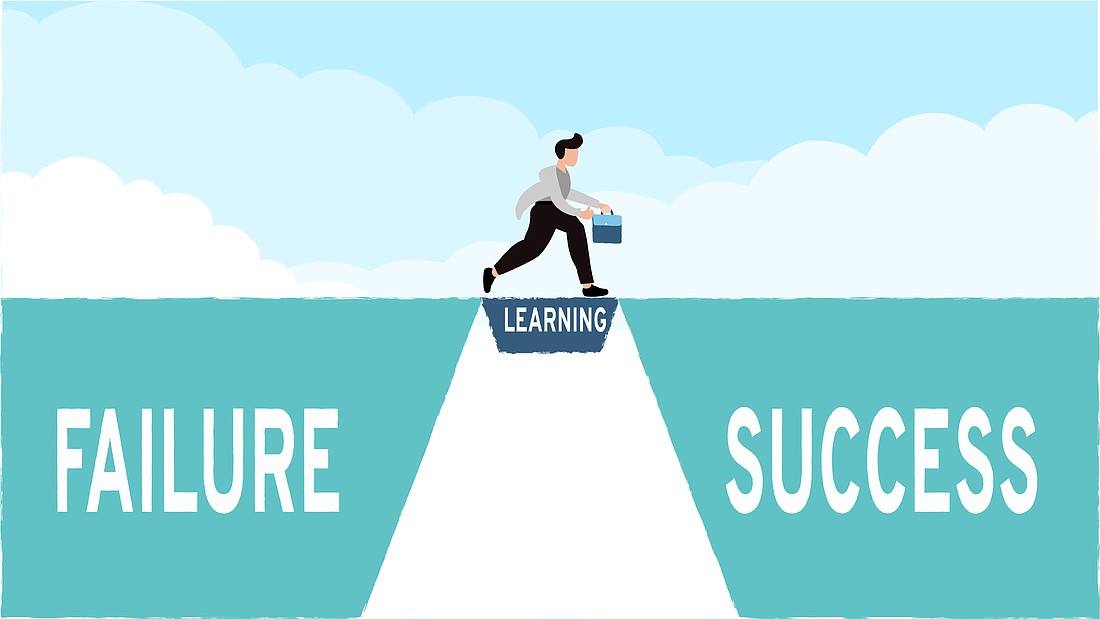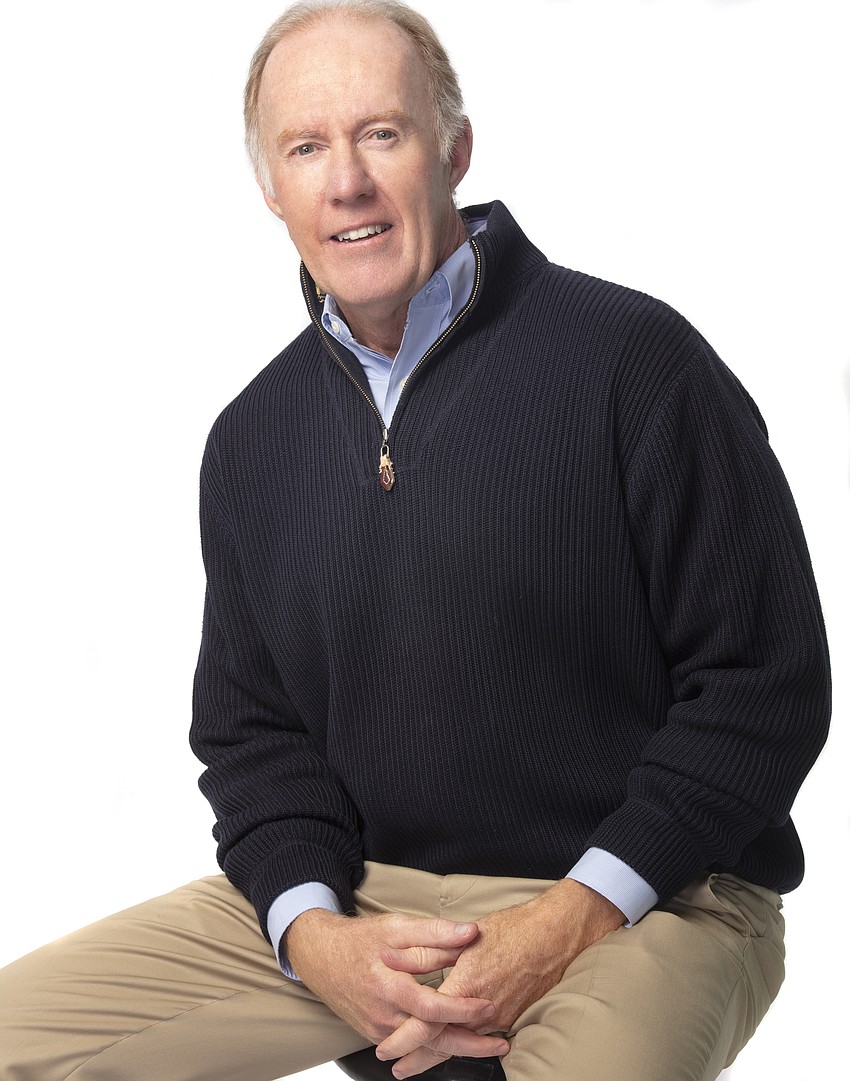- July 26, 2024
-
-
Loading

Loading

Jamie Gallagher played around a lot during his 40-year career running big companies and divisions. First there were lots of Legos. Then there were the towns, families and villages of Playmobil. And then there were the art supplies, from calligraphy pens to watercolor markers, made and sold by art supply giant Faber-Castell.
Gallagher has the affable and easy-going nature to fit snugly into those roles too, laughing, for example, as he recalled the quirky story of how he landed a sales job with Lego back in 1981 — long before the product became a global sensation. (Gallagher had just graduated from Notre Dame and when a job he really wanted with an ad agency in Chicago fell through, he answered a newspaper help wanted ad for a position selling an unnamed toy. A few weeks later he was traveling the country with sample bags of Legos for independent toy stores, later moving up to KMart and Sears. “As we like to say, we built that brand brick-by-brick,” he quips.)
One thing Gallagher is serious about is how his biggest career failure led to what he calls his greatest business, and leadership, epiphany and success.
A Pittsburgh native now living in Michigan, where he runs a consulting company called 4theWin, Gallagher, 64, was recently in Sarasota. He was the keynote speaker for the 21st annual Florida Creativity Conference, held at the Ringling College of Art and Design. The conference included some 40 workshops, from creating dream projects to finding your play style to the financial results of creative problem solving. I spoke with Gallagher about his career on a Zoom call before the conference.
First, the stumble: After 16 years with Lego, rising to head of sales and marketing for the company’s U.S. and Canadian markets, Gallagher took a bigger job at another company. He was named president of Playmobil USA.

It was 1999. Gallagher took the attitude he was a boss, telling people what to do. Not a leader who builds teams and inspires people.
“That was my first C-suite company role,” he says. “And I truly failed. And the reason I failed is I completely neglected to understand that the company, no matter how wonderful our product was, was not going to succeed with a command and control approach.”
That failure, Gallagher says, revolved around the fact that the “business didn’t grow to the expectations we had or the potential we believed the brand had in North America.”
But he rebounded. After four years at Playmobil, Gallagher was named president and CEO of Faber-Castell USA. (Like Playmobil, the parent company for Faber-Castell is based in Germany. That company, in U.S. dollars, does some $710 million in worldwide revenue a year.)
Not only did Gallagher get a new gig, but he ran Faber-Castell USA for nearly 20 years, leading it to its best year ever in 2022, according to his website bio. He also developed a new method of leadership: his four pillars.
Those pillars are purpose, culture, creativity and clarity.
“The turning point was that lack of success,” at Playmobil, he says. “We absolutely learn more from our mistakes and failures — as long as we are willing to be open to that learning. Because I knew I had to do something differently.”
A look at pillars includes:
Gallagher leans on Simon Sinek’s book “Start With Why” for his first pillar. It addresses the concept of having one uniform reason for an organization’s existence, an answer to the question, Gallagher says, of “what are we doing this for, anyway?”
Gallagher, in tasked with enhancing the why at Faber-Castell, says he went into the project with the memory fresh of his failed command and control leadership style at Playmobil. In almost creating a new personal why, Gallagher set out to be a more trusting and inclusive leader in taking that on at the art supply company. The resulting new Faber-Castell why: “We Believe in Enriching Lives through Creativity and Self-Expression.”
Gallagher says not only the why but the process to get there is proof-positive purpose matters. “The statement of our purpose was the single greatest success factor in the company in the past 10 years,” Gallagher says in a follow-up email to our conversation, “and was a key success factor during the pandemic.”
“You hear people talk about culture a lot,” Gallagher says. “Forget about coffee mugs and T-shirts, and Powerpoint presentations and posters on the wall. My definition of culture is: how do we behave?”
The way to get there, Gallagher says he learned in his career, was to make trust paramount. Trust that employees know you will do what you say you will do. “Trust enables us to have difficult conversations,” he says.
By the end of his corporate career, building a solid company culture, he adds, was equally, if not more important, than the P&L sheets and other business metrics. That was top of mind when he retired from Faber-Castell. “I look at not just the growth and profitability but the culture I left behind,” he says. “That culture sets a great foundation for them to grow in the future no matter what the challenges of the market are.”
“Being creative is about so much more than being artistic,” Gallagher says. “In business today we are either fixing things or creating new things. And if we don’t operate within a creative environment all across the organization, not just product development and marketing, we won’t fix things. We won’t create new things of value.”
Gallagher cites the logistics and supply chain team at Faber-Castell as an example of creativity in an area not necessarily known for it. During the pandemic, Gallagher says the company’s logistics team constantly shifted and found new routes, modes of transportation and shipping partners. He says the team was able to do that because there were high levels of trust, low levels of micromanaging and a culture of entrepreneurialism.
“We struggled to get goods, to get inventory into the United States from all over the world and it was at that very time that the most creative people we needed within the organization weren’t our product people,” he says. “They were the creative problem solvers in the supply chain.”
Gallagher’s last leadership principle — clarity — ties the other three pillars together in that purpose, culture and creativity need a direct focus, a place to go. “There are so many distractions today,” he says, citing AI, 24/7 data and general information overload. “There are so many things we can chase that it’s increasingly difficult to be clear.”
Gallagher takes the less is more approach to the clarity pillar. “Let's do fewer things,” he says. “Let’s get really clear on what those things are and do those things better than anyone else.”
He cites a lesson at Lego, which, he says, went well beyond toys in the late 1990s, with movies, licenses, theme parks and more. “Lego lost its way a little bit,” he says. “I look at that and say why was it a misstep? It was because they lost clarity. They were not doing fewer things at a world class level. They were doing a lot of things just OK and ultimately the company made the decision to get back to its core business and that led to phenomenal success.”
Another leadership lesson from Lego is a phrase Gallagher heard often: commitment is better than consensus. So while agreements were sought, a clear path took precedence when a decision had to be made. “Consensus is important,” he says. “But (chasing) consensus that keeps us dragging on forever isn’t really helpful. So if we can’t have consensus, we need to have commitment.”